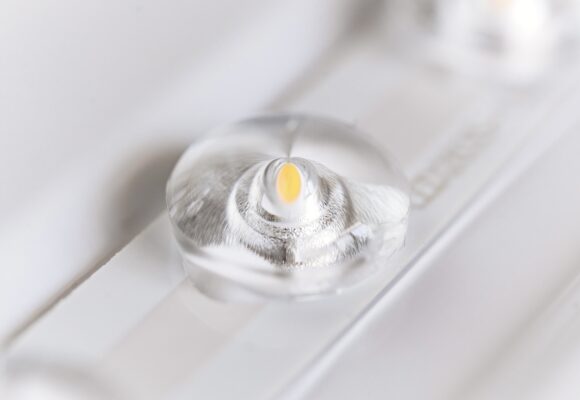Interior design in the kitchen is a delicate balance of functionality and aesthetics, where practicality meets style. The layout and arrangement of cabinets, countertops, and appliances are carefully considered to optimise workflow and efficiency. The choice of materials, from countertops to flooring, not only adds visual appeal but also addresses the wear and tear inherent in a kitchen environment.
Lighting plays a crucial role, with a mix of task lighting for work areas, ambient lighting for overall illumination, and decorative fixtures to enhance the design. Colour schemes often revolve around creating a clean, bright, and inviting atmosphere, while storage solutions are designed for both convenience and maximising space. The integration of modern appliances, thoughtful organisation, and personal touches in decor contribute to a kitchen that is not just a culinary workspace but also a visually pleasing and comfortable hub for daily life.
A desirable well-lit and functional kitchen, consider a combination of task, ambient, and accent lighting. Install under-cabinet LED strips for efficient task lighting, pendant lights above the kitchen island for both task and decorative purposes, and recessed ceiling lights for overall ambient illumination. Ensure a balance of brightness across the space, and if you have specific areas like a dining nook, use adjustable fixtures to create a cozy atmosphere.
Here’s ten lighting tips to think about whilst your’re designing your kitchen:
1. Layered Lighting: Combine ambient, task, and accent lighting to create a well-balanced and functional kitchen space.
2. Under-Cabinet Lighting: Install LED strips or puck lights under cabinets for efficient task lighting on countertops.
3. Pendant Lights: Hang pendant lights above the kitchen island or sink to provide focused task lighting and add a stylish touch.
4. Recessed Lighting: Use recessed ceiling lights for overall ambient illumination, evenly distributing light throughout the kitchen.
5. Dimmer Switches: Install dimmer switches to adjust the brightness according to different activities, enhancing flexibility and ambiance.
6. Natural Light: It’s important to actually maximise natural light with large windows or skylights to create an open and airy atmosphere during the day.
7. Accent Lighting: Highlight specific features like artwork, open shelves, or architectural elements with accent lighting to add visual interest.
8. Colour Temperature: Choose LED bulbs with a warm colour temperature for a cozy and inviting kitchen ambiance.
9. Task-Specific Lighting: Consider specific lighting for task areas such as the cooking range, cutting area, or a dedicated coffee station for focused illumination.
10. Smart Lighting: Explore smart lighting options for control via mobile apps or voice commands, offering convenience and energy efficiency in your kitchen lighting design.




 No products in the basket.
No products in the basket. 
